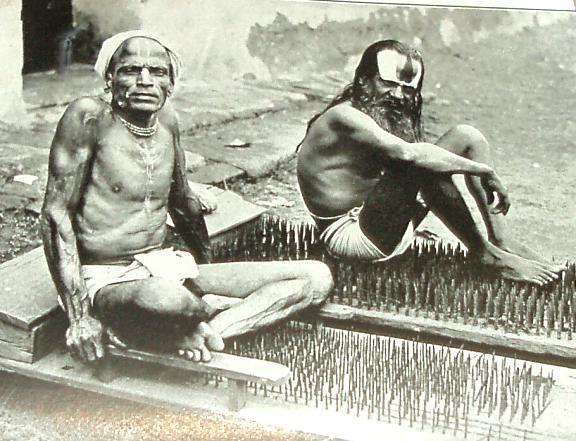No, its not an easy conclusion ... its a wild speculation born of vague definitions taken out of the context of the vedic literature that they appear inYes, you are correct. I am speculating that Saguna Brahman and Nirguna Brahman are same as Isometric contraction and relaxation of our entire skeletal muscular system acting as a single unit. I have never claimed that it is mentioned any where.
1. Brihadaranyaka Upanishad 1. 4. 10 says that 'I am Brahman'. We know that 'I' is directly under our control. We also know that our skeletal muscular system is the one and only system in our body that is under our control. We can't feel or control our Brain. Thus, we can conclude that 'I' must be something to do with our skeletal muscular system.
2. Mandukya Upanishad 1.2 says, 'Self is Brahman'. Self is not under our control. Thus, 'Self'', like skeletal muscular system, can be involuntary.
3. Mandukya Upanishad 3.1.1 compares Brahman to two birds of the same name, one eating fruits of divergent tastes (Saguna Brahman?) and the other just sitting (Nirguna Brahman?).
4. Aitreya Upanishad 3.3 says, 'Consciousness is Brahman'. Consciousness can 't be due to isotonic contraction, that brings about movement. It must be isometric contraction only. Greater the isometric contraction greater would be our consciousness.
From these we can easily conclude that in Hinduism Brahman is isometric contraction.
Last edited:

